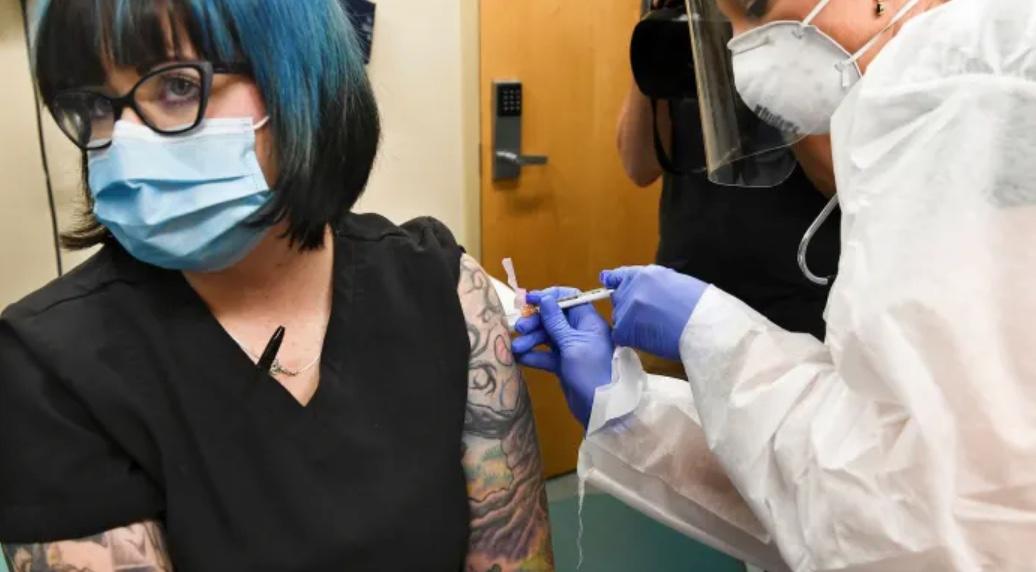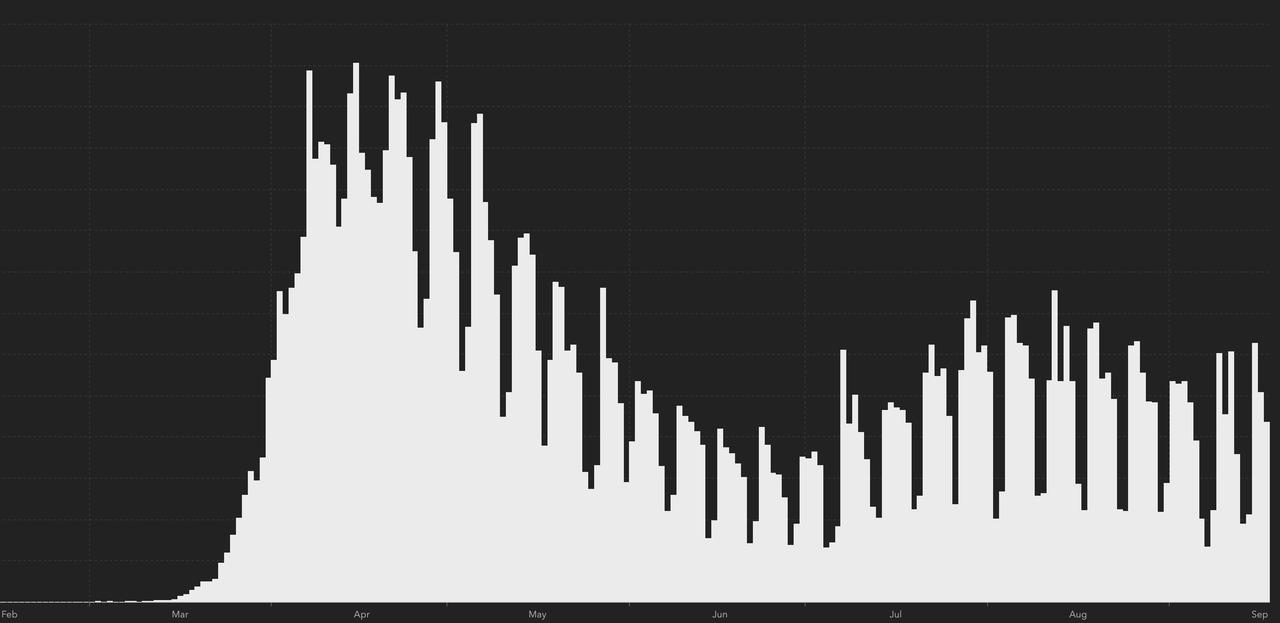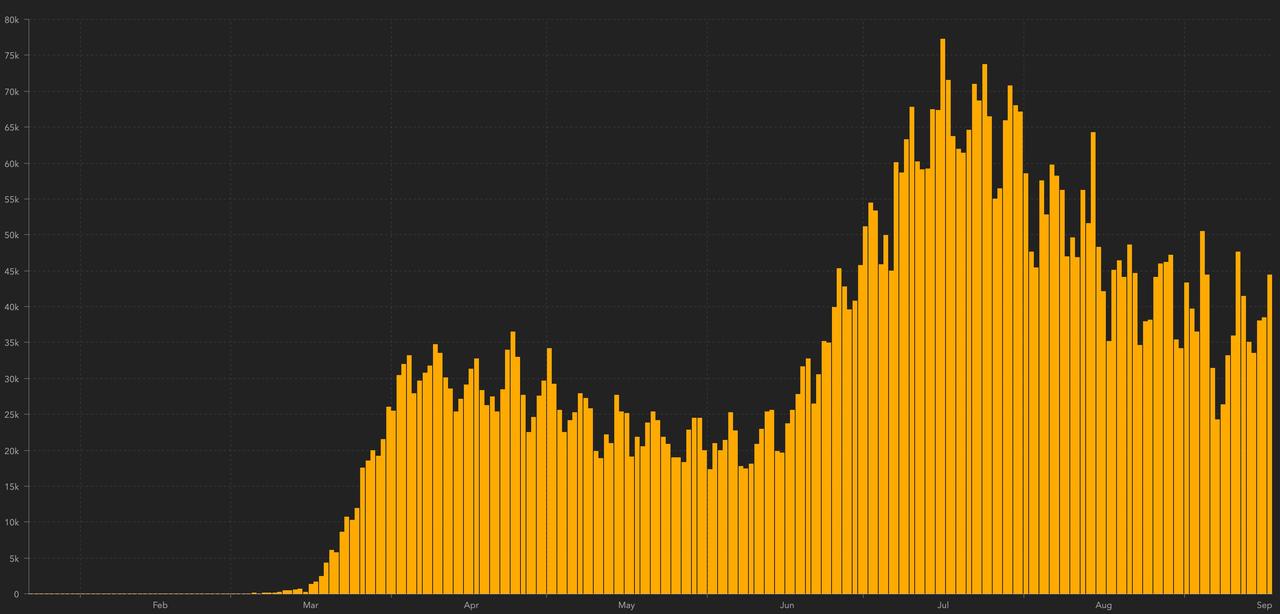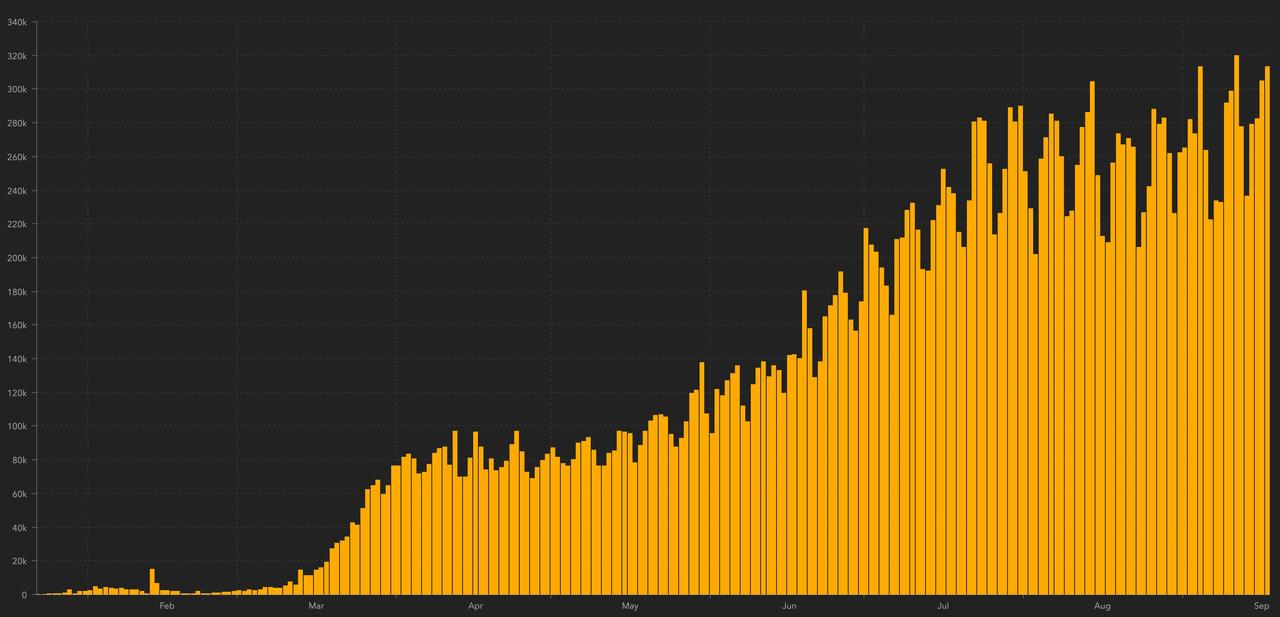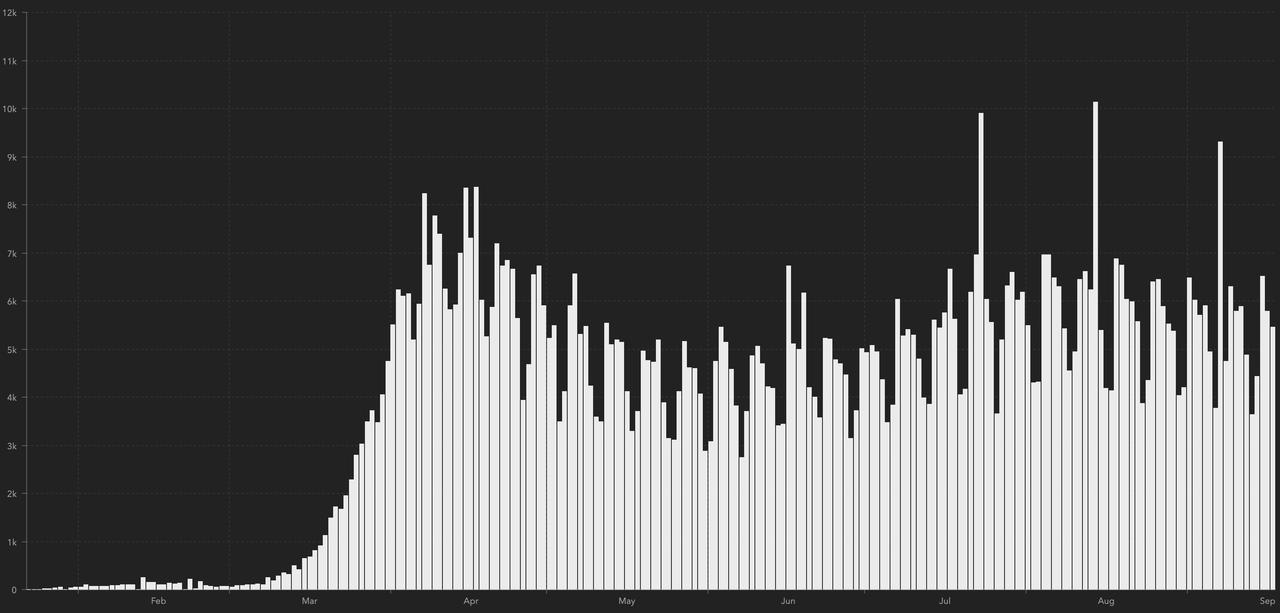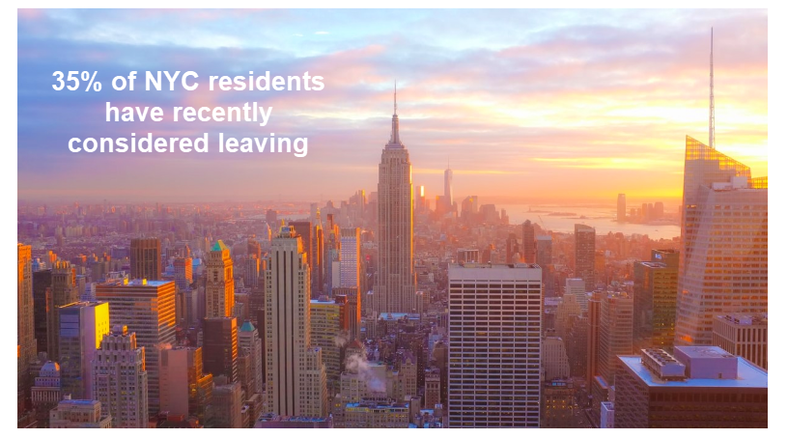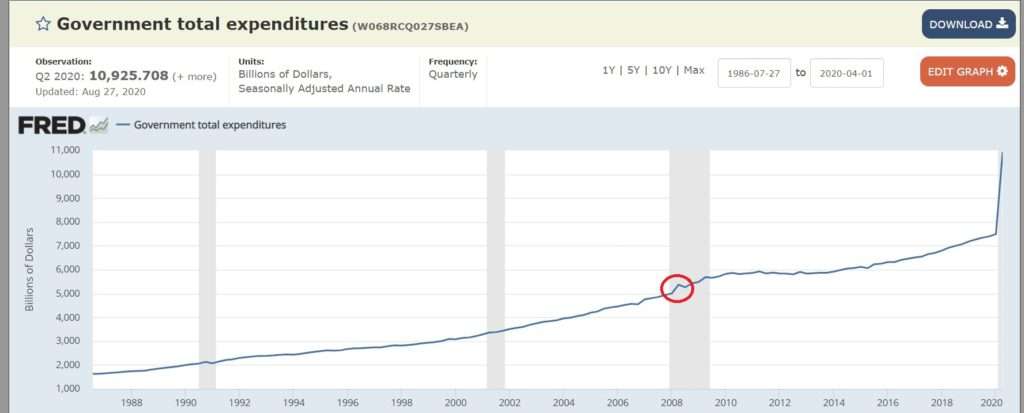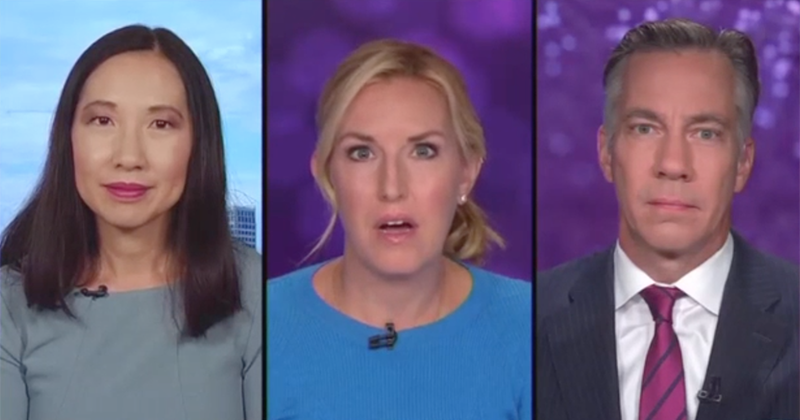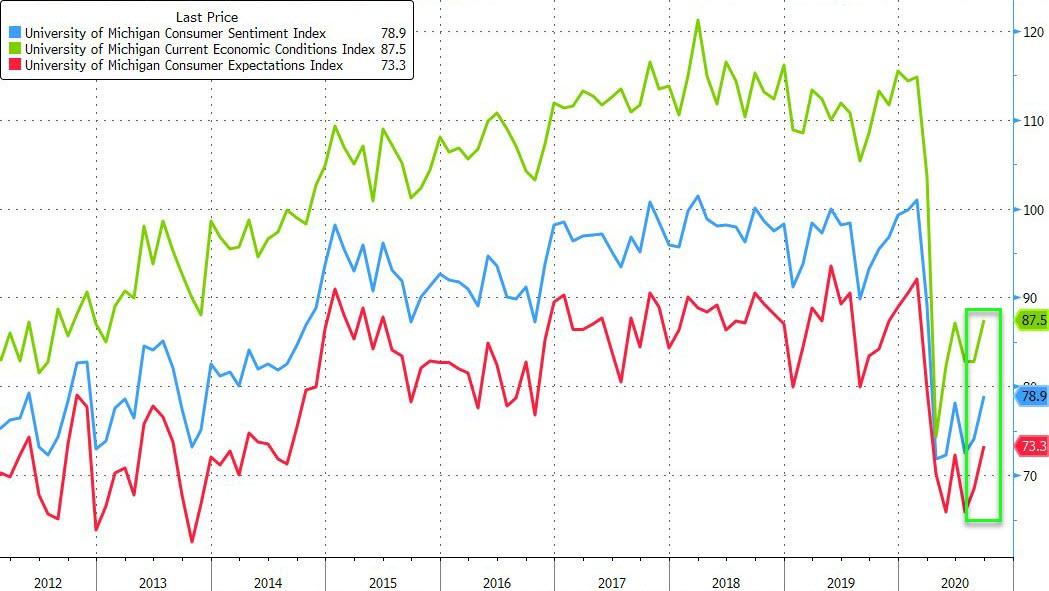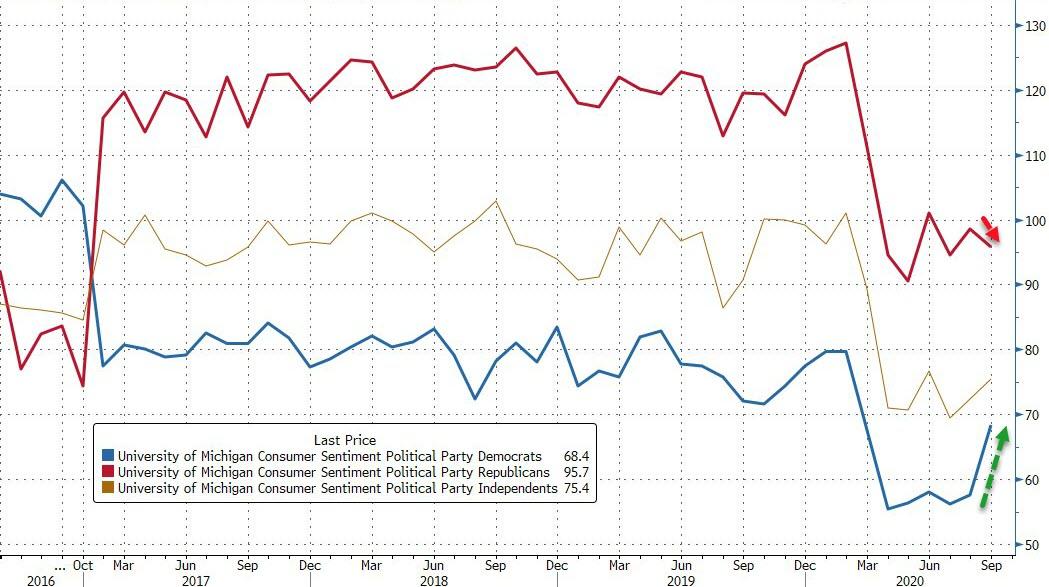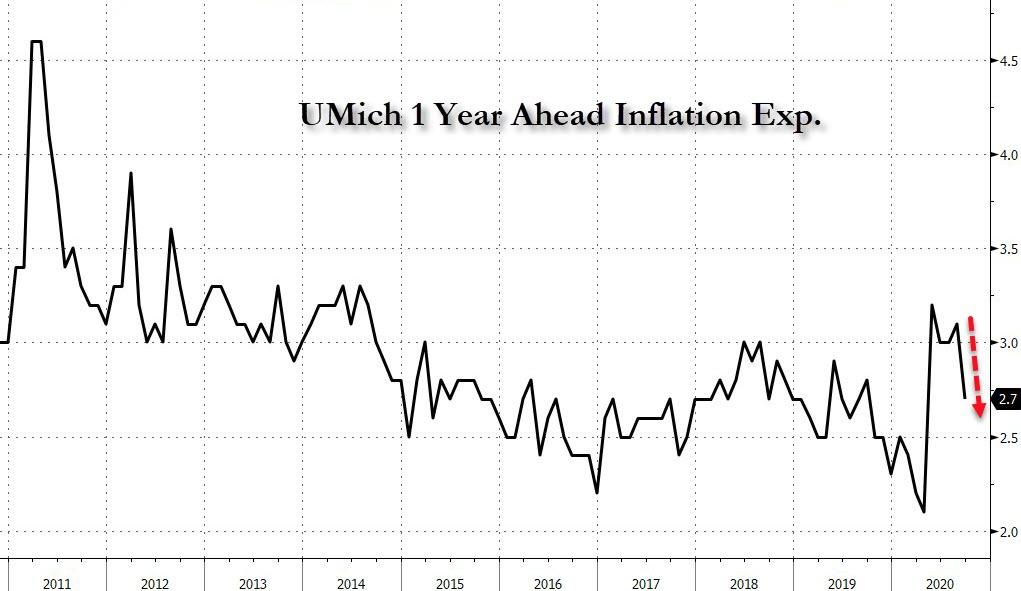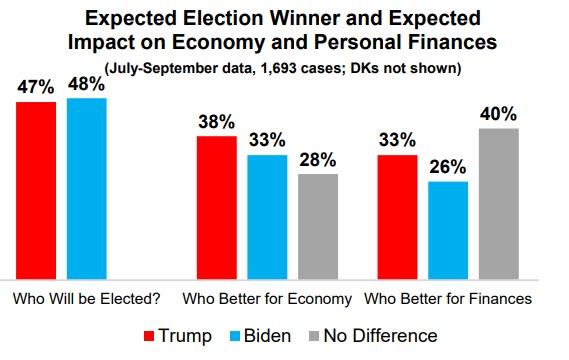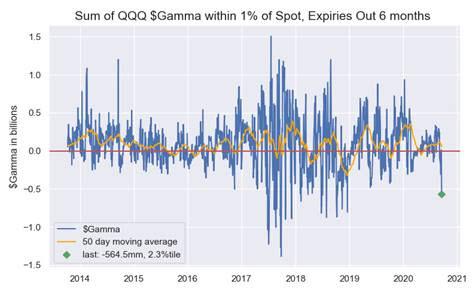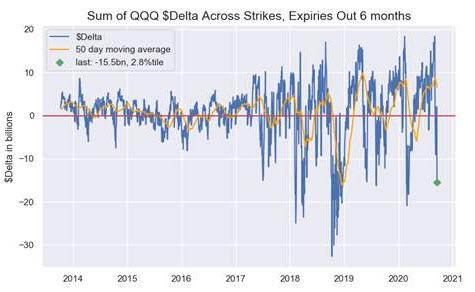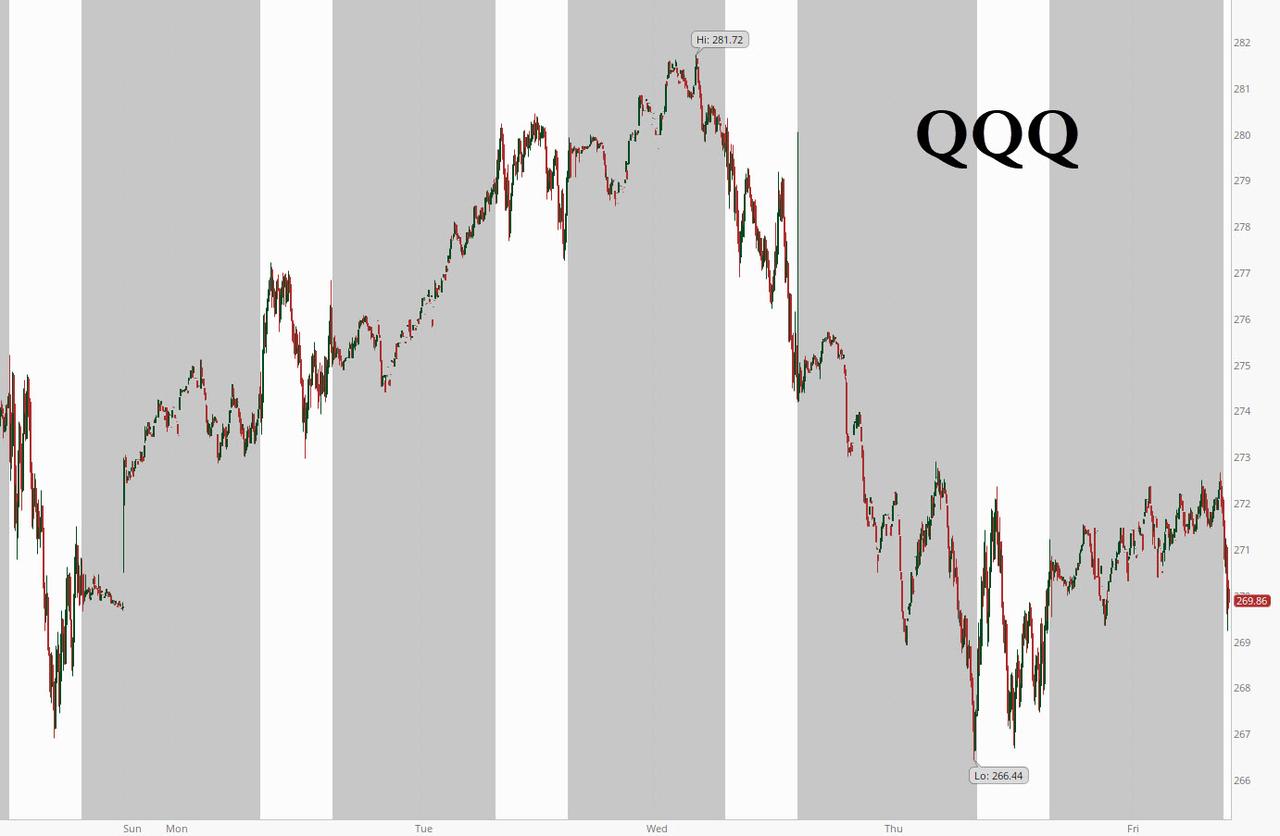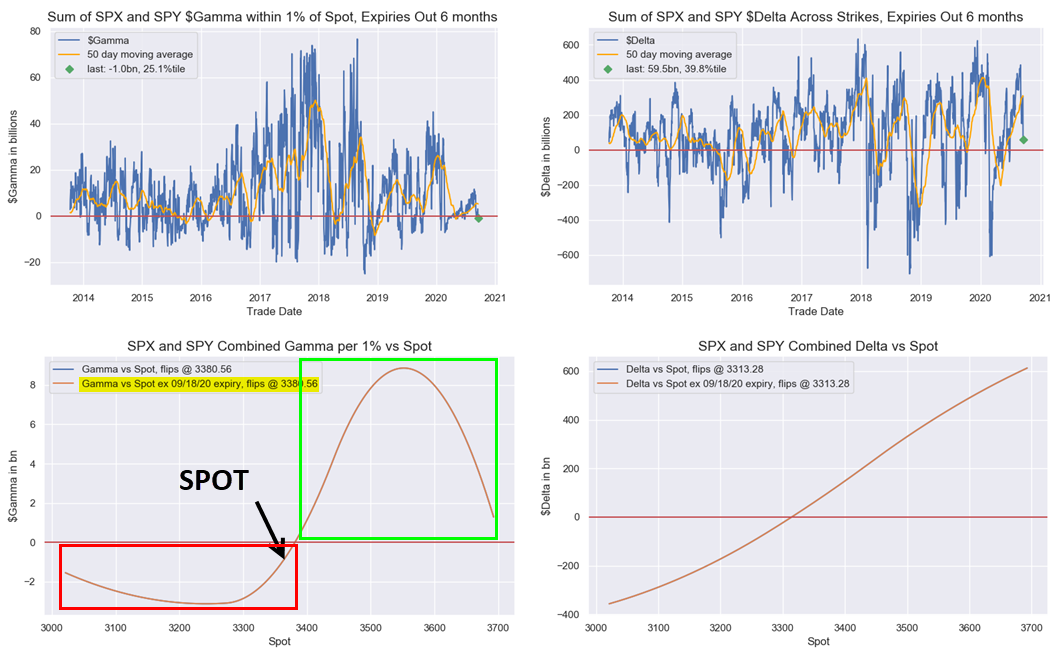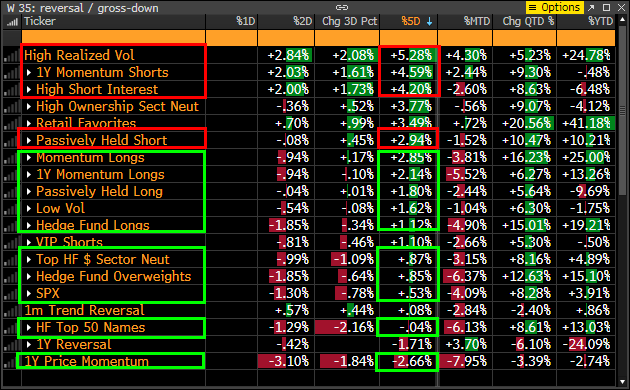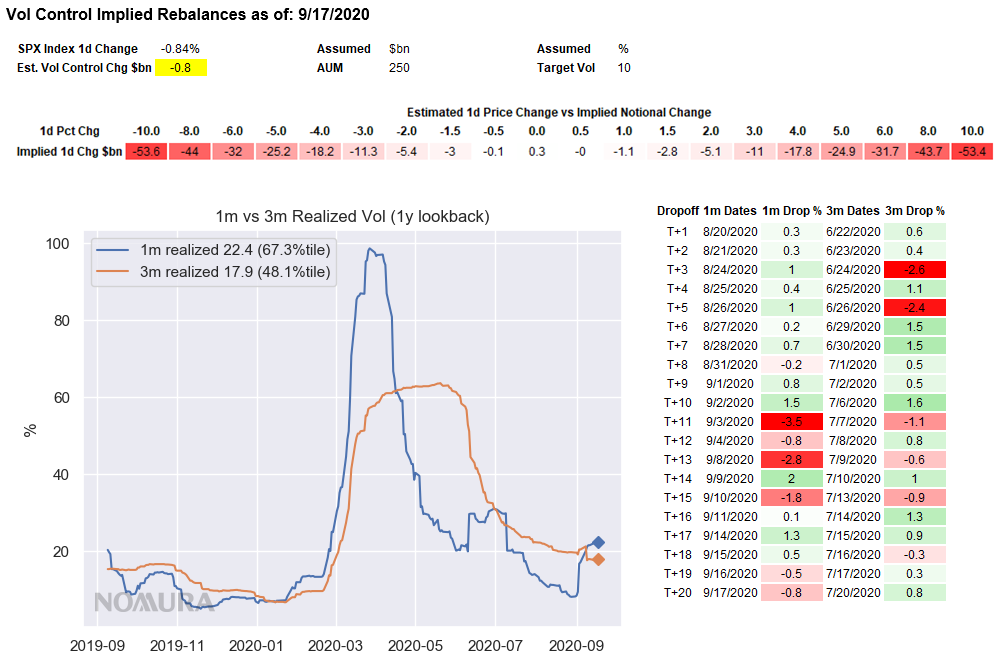California voters will be asked in November whether they want to end a ban on affirmative action in college admissions, even though the state college system’s own demographic data shows increasingly diverse campuses absent preferential treatment.
Proposition 209, passed in 1996, added to the state’s constitution a ban on racial or sex preferences in education and hiring decisions in government institutions. This meant that on top of forbidding discrimination against somebody on the basis of sex, race, or ethnicity, the state couldn’t give somebody an advantage in public college admissions or government jobs on the basis of these factors.
In June, Democratic lawmakers voted to put on the November ballot a measure that would strike down Proposition 209. It’s on the ballot as Proposition 16, and the new proposition would simply strike out the text added to the state’s constitution by Proposition 209.
The proposition is supported by the regents of the University of California, which is notable because former leaders of the college system led the campaign for Proposition 209 in the first place. Former regent Ward Connerly, a Republican, said at the time that affirmative action was intended to be a temporary measure to recover from decades of racist practices, but that “[t]hree decades later, affirmative action is permanent and firmly entrenched as a matter of public policy. … not because of any moral imperative but because it has become the battleground for a political and economic war that has racial self-interest as its centerpiece.”
The arguments for eliminating Proposition 209 are odd and not terribly compelling (which would explain why Prop. 16 is currently doing poorly in polls). Assembly Member Shirley Weber (D–San Diego) authored the bill that would become Prop. 16 and explained in June that “The ongoing pandemic, as well as recent tragedies of police violence, is forcing Californians to acknowledge the deep-seated inequality and far-reaching institutional failures that show that your race and gender still matter.” Affirmative action, notably, does nothing to solve either COVID-19 or police violence.
Coverage in The Los Angeles Times is giving a lot of attention to a study from U.C. Berkeley released in August claiming that in the immediate wake of Prop. 209, there was a drop in enrollment by black and Latino students in the University of California system, which drove down their future wages.
The study further argues that prior to Prop. 209, when affirmative action was permitted in California, white and Asian American students were not harmed because they just went to other high-quality schools and ended up with similar earnings.
Affirmative action proponents could argue that the market provided for those students who were negatively affected by affirmative action, which would appear to echo the libertarian argument that gay couples have access to a market for wedding cakes and thus Christian bakers should not be forced to act against their own beliefs under threat of government penalty.
But there is a significant difference here, and it is that gay couples can’t be forced to pay a bakery if it won’t make a cake for them. The same is not true for California’s state-run college system and applicants who would be accepted on the merits but rejected under affirmative action. Because about 12 percent of the University of California’s budget comes from state funding—a total of $3.69 billion for the 2018-2019 school year—and about 12 percent of California’s general fund goes to higher education across the state, bringing back affirmative action would require some Californians to pay into an education system that would likely discriminate against them and their children on the basis of their race if they are white or Asian. As one might imagine, this does not play well with leaders of some Asian organizations in California who are tired of being pitted against other minorities.
“This is a troubling trend where our public university in the state is taking backwards steps in history to allow racial favoritism in college admissions,” said Crystal Lu, president of the Silicon Valley Chinese Assn. Foundation, in June.
On Thursday, UC’s board of regents banned the use of race quotas in admissions, hiring, and contracting, but race and gender would be used as a factor in admissions (along with more typical considerations like grades, talents, and coursework). Even without the quotas, though, it’s part of the college system’s stated goal to more closely match the demographics of California’s school age population.
What’s a bit strange about this effort is that the data showing drops in minority attendance at the University of California is from 20 years ago. The U.C. system responded to the drop after Prop. 209’s passage by finding effective ways to increase minority representation at their colleges that don’t depend on racial favoritism.
Here’s what the Los Angeles Times noted in June at the same time as the U.C. regents were calling for repealing Prop. 209:
UC campuses increased outreach to underserved communities. UCLA, for instance, works with 20 Los Angeles Unified high schools and several Black churches in the Inland Empire to scout promising students and keep them on track. The strategy, spearheaded by Youlonda Copeland-Morgan, UCLA vice provost of enrollment management, has helped the campus increase the proportion of resident Black students admitted as freshmen from 3.7% in 2012 to 6.3% in 2019.
The measures have produced some progress. The share of admission offers to California freshmen who are Black increased from 4.3% in fall 2010 to 4.7% in 2019, while the Latino share grew from 22.9% to 34.3% during the same period. Asian Americans also increased from 33.9% to 35.72% while whites declined from 32.4% to 21.9%.
The share of students admitted to California colleges who are black is just one percentage point less than the estimated 5.8 percent of the state that is black, and the share of students admitted who are Latino is just five percentage points below the estimated 39 percent of the state that is Latino.
Most importantly, even without affirmative action, white college admissions are dropping as a percentage of the total enrolled population right now! The most recent data about college admissions in California actually shows that affirmative action is not needed to create a college campus that better reflects the state’s population.
The one big outlier in these stats is the percentage of the freshman that identifies as Asian, which is more than twice the 14 percent of the California population that is Asian. That would explain why Asian community leaders are so angry: The people trying to sell Californians on bringing back affirmative action want voters to think it’s those privileged white folks who are hogging all the seats in the lecture hall. But white enrollment is actually declining, which means returning affirmative action to California colleges will ultimately pit minority groups against each other.

from Latest – Reason.com https://ift.tt/3iJtpM9
via IFTTT
